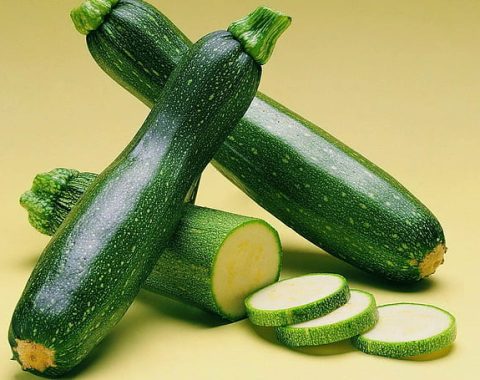Project Report For Zucchini Farming
Introduction
Project Report for Zucchini Farming is as follows.
A little squash of the Cucurbitaceae family, zucchini is also known as a courgette or summer squash. It could be pale green, yellow, or green. They resemble cucumbers in shape, although certain cultivars can come in bottle or circular shapes. Throughout the entire summer growing season, it yields tender green squashes. The greatest time to use these veggies is when they are young, between 6 and 8 inches long, and before the seeds start to farm.
For mature fruits to be produced, there must be at least 50 days without any chance of frost. Healthy, rapid growth is produced at temperatures higher than 15°C. At least 6 hours per day of direct sunlight must be available at growing locations. It is appropriate to grow courgette in India because it is a warm-season crop. Its seed germinates best between 28 and 32°C, and rapid germination and fast development happen when the soil temperature rises over 20°C. Zucchini grow best at temperatures between 22 to 29 °C on a monthly average, producing better quality and more vegetables. The presence of frost is intolerable to it.
These soils with a high organic matter content and a pH of 6.5 are ideal for growing courgette plants. Use only organic fertilisers on your plants, and most importantly, test your soil periodically to see whether it is healthy and balanced. In loose soil, the seedling will seem autonomous. Because zucchini plants consume a lot of food, the soil needs to be rich in organic matter. Lighter soils are suitable for early seed sowing, whereas heavier soils are best for plants that will produce late in the season.

Benefits of Zucchini Farming
The growing popularity of courgette cultivation in India among health-conscious consumers. Zucchini is low in calories and high in vitamins, minerals, and antioxidants. It is also gluten-free, making it an appealing option for those suffering from celiac disease or gluten intolerance. Zucchini is also high in fibre, which aids digestion and the maintenance of a healthy weight.
Zucchini has a lot of vitamin B6. According to study, this vitamin can help with blood glucose management. The vitamin may be useful in the prevention of diabetes. Blue light wavelengths are filtered by chemicals such as lutein and zeaxanthin, which protect the eye’s cells. A diet heavy in these substances may reduce the likelihood of developing cataracts and other eye-related health problems. Zucchini is abundant in antioxidants like lutein and zeaxanthin. Despite being high in several key nutrients, zucchini is low in calories, fat, and sugar.
Get Completely Custom Bankable Project Report
Market Potential Of Zucchini Farming
The size of the worldwide Zucchini Produce Market is expected to increase from USD 500 million in 2023 to USD 7.5 billion by 2030. From 2023 to 2030, the market is expected to grow at a respectable 6.3% CAGR. The numerous health benefits supplied by courgette are a primary element driving the industry’s expansion.
Asia-Pacific is the largest market, as market producers choose a healthy eating plan to live a healthier lifestyle. China in the Asia Pacific area will become the largest producer of courgette in 2022, increasing market demand. Furthermore, consumers’ preference for a healthy lifestyle is owing to the region’s rising fitness consciousness.
India is one of the largest producers of vegetables in the world, with a production of about 160 million metric tons per year. However, there is still room for growth, particularly in the area of zucchini farming. The country has favorable climate and soil conditions for zucchini cultivation, making it an ideal location for zucchini farming. There is also a growing demand for zucchini in India’s food processing industry. Zucchini can be used in a variety of food products, including soups, stews, casseroles, and baked goods. The demand for zucchini in the food processing industry presents a significant market opportunity for Indian farmers.

